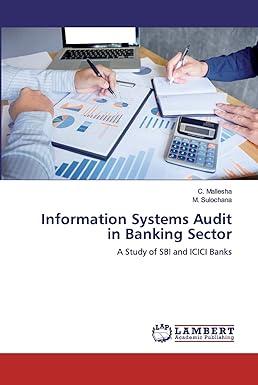Question
Sheffield Inc. is a retailer operating in British Columbia. Sheffield uses the perpetual inventory method. All sales returns from customers result in the goods being
Sheffield Inc. is a retailer operating in British Columbia. Sheffield uses the perpetual inventory method. All sales returns from customers result in the goods being returned to inventory; the inventory is not damaged. Assume that there are no credit transactions; all amounts are settled in cash. You are provided with the following information for Sheffield Inc. for the month of January 2020.
| Date | Description | Quantity | Unit Cost or Selling Price | ||||||
| January | 1 | Beginning inventory | 100 | $22 | |||||
| January | 5 | Purchase | 142 | 25 | |||||
| January | 8 | Sale | 110 | 34 | |||||
| January | 10 | Sale return | 10 | 34 | |||||
| January | 15 | Purchase | 55 | 27 | |||||
| January | 16 | Purchase return | 5 | 27 | |||||
| January | 20 | Sale | 92 | 39 | |||||
| January | 25 | Purchase | 27 | 29 | |||||
Calculate the Moving-average cost per unit at January 1, 5, 8, 10, 15, 16, 20, & 25
For each of the following cost flow assumptions, calculate cost of goods sold, ending inventory, and gross profit. (1) LIFO. (2) FIFO. (3) Moving-average cost.
Step by Step Solution
There are 3 Steps involved in it
Step: 1

Get Instant Access to Expert-Tailored Solutions
See step-by-step solutions with expert insights and AI powered tools for academic success
Step: 2

Step: 3

Ace Your Homework with AI
Get the answers you need in no time with our AI-driven, step-by-step assistance
Get Started


